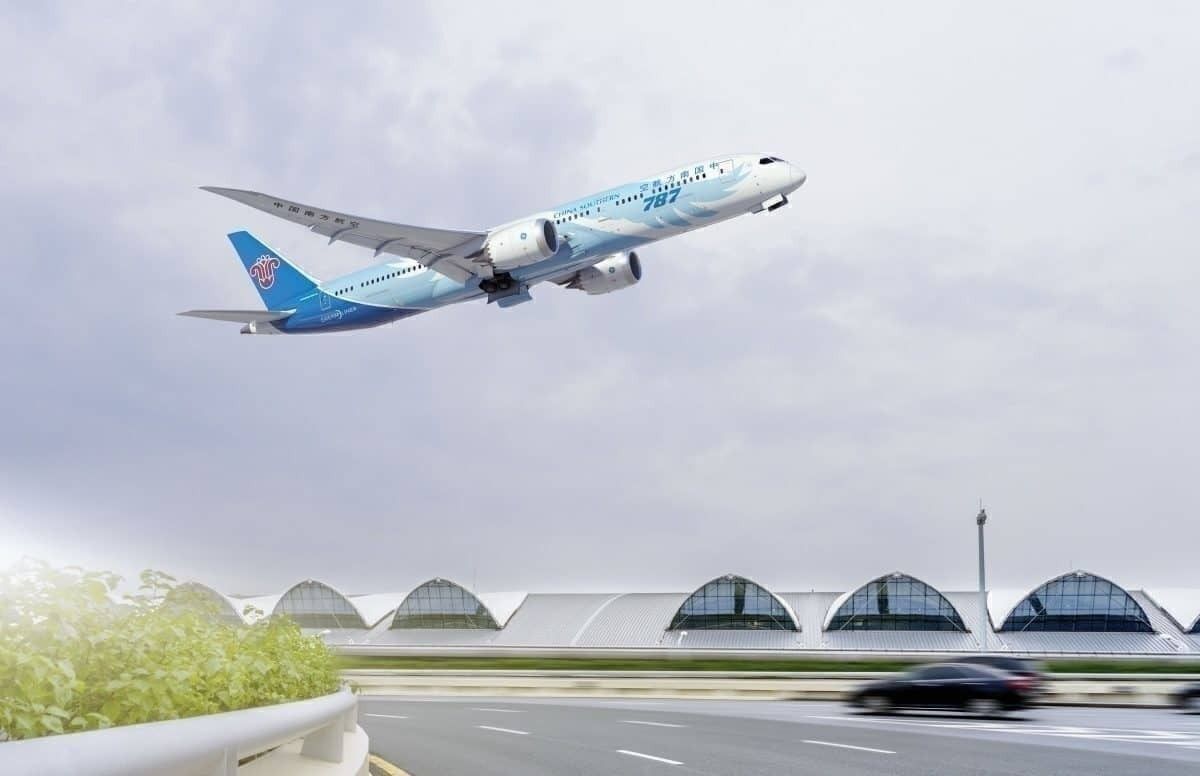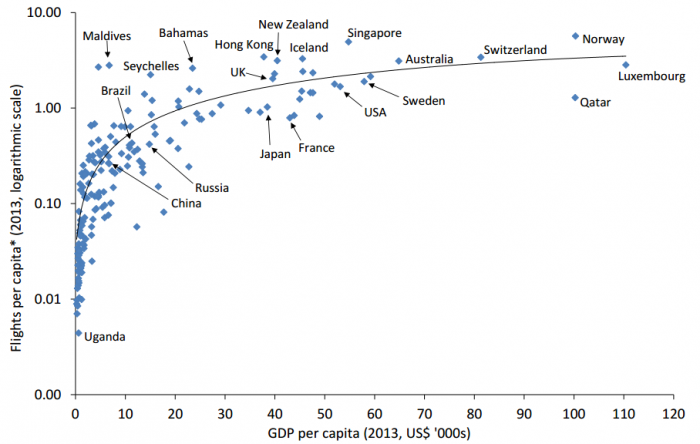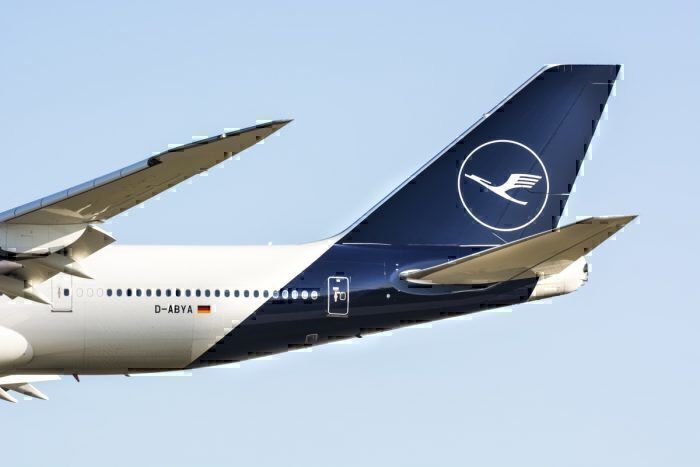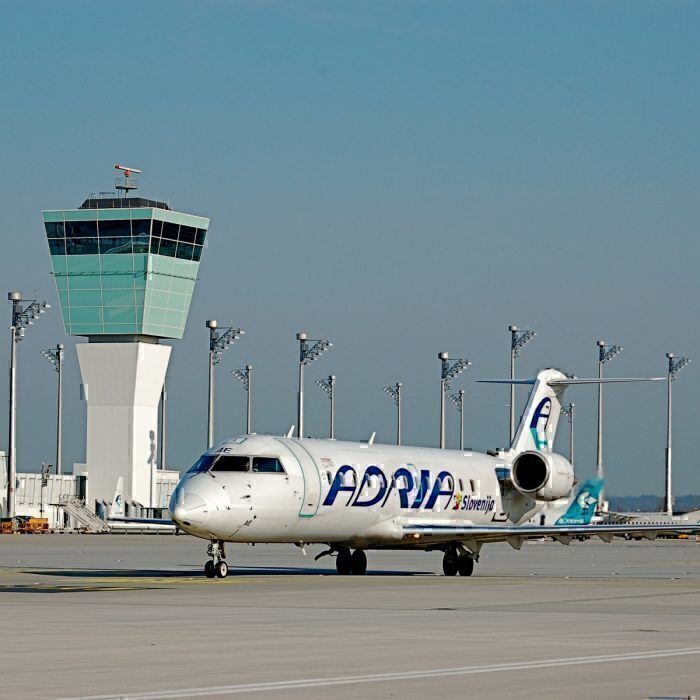There are many reasons influencing peoples' decision to travel by plane. Cheap tickets found on sale or a launch of a new route from your home airport, just to name a few. However, once looking at a macro level, there is one key driver stimulating the demand for air travel – namely GDP growth.
For some, it might seem more obvious than to others, yet an increase in GDP tends to increase disposable income, which in turn results in more tickets being purchased. What is particularly interesting is how strong the correlation between GDP growth and demand for air travel has become.
Look at the numbers
In 2013, the International Air Transport Association conducted research on this phenomenon. Despite the data being slightly outdated, we can still observe the correlation between GDP per capita and flights per capita. Wealthier countries like Norway and Switzerland average above two flights per capita per year. On the other side of the spectrum, we have countries such as Uganda where less than 1% of the population flies once a year.
What is worth noting is that most of the countries in the higher end spectrum are more economically developed, whereas a significant portion of the states such as Brazil, Russia or China remain with around 0.5 flights per capita. The economic growth of those countries is the reason why IATA expects the number of air travel passengers to double by 2035.
The example of Germany
Germany is a very interesting example, as the growth of passenger numbers almost perfectly matches the growth of GDP per capita.
In the post-recession period of 2010-2018, German GDP per capita on PPP basis has risen from $40,839 in 2010 to $53,853 in 2018, noting a 31.87% increase (IMF). During the same period, the number of air passengers increased from roughly 166 million to 222 million, which is 33.39% (Statista).
The correlation here seems quite clear, but if we factor in population growth of 1.55% (Statistisches Bundesamt, Germany) since 2010 and count the growth of the ratio of air passengers to population we get an increase of 31.35%. One that is only 0.52% shy of the growth in the number of GDP per capita.
Germany is not alone. If we applied such calculation on the data from the UK or Poland, the results are very similar. Interestingly, even countries undergoing vast economic transformations and presenting dynamic economic growth present similar results.
A great example here is China. The number of air passengers increased by 105% since 2010 and it stands at 551 million passengers (Statista). Chinese GDP grew 111% (IMF), while the population grew 4%. The ratio of air passengers to population grew at almost exactly the same rate as GDP per capita.
China is still currently in the process of “catching up” in terms of yearly flights per capita and the number of air passengers is still expected to rise significantly in the coming years.
Counterexamples
We can however highlight the situations in which the number of air passengers lags behind the economic growth. Lack of necessary infrastructure could slow passenger growth, an issue that some countries have faced. Another possibility is a lack of or poor performance of a national carrier in a given country, which despite creating an opportunity for other carriers to enter the market, usually slows the growth of air travel.
Here Slovenia can be used as an example. The long period of Adria’s weak performance, which eventually led to its bankruptcy has resulted in the number of passengers growing only around 20% since 2010, with GDP per capita growth of 38% in the same time period.
Limitations
Of course we cannot forget about the limitations of the assumptions, mainly as a rise in GDP itself will not suffice to increase the number of air passengers. There are any many external factors that come into the equation, whereas we only look at the two outcomes of many complex processes of an economic machine. The time period considered, even though not chosen on purpose, is crucial and could change the results significantly.




